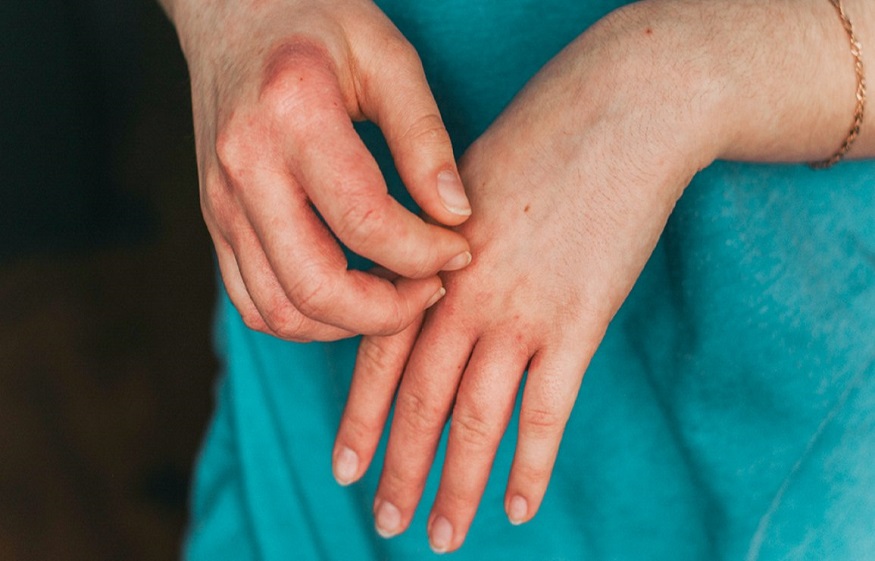Rheumatoid arthritis (RA) is a joint-inflammation condition that lasts for years. Joints are the places on the body where bones come together to facilitate movement. The majority of these joints, known as synovial joints, also act as shock absorbers.
RA is an inflammatory disorder in which the immune system misidentifies the linings of your joints as “foreign,” attacking and damaging them, causing inflammation and pain.
This condition most often affects the symmetrical joints of the knees, hands, and ankles. While there is no remedy for RA, it can be treated with the right care.
Rheumatoid arthritis is a form of arthritis that affects the joints.
Rheumatoid arthritis (RA) is an inflammatory illness in which the immune system misinterprets the linings of your joints as alien invaders and destroys them. Inflammation and discomfort are the effects of the injury.
Table of Contents
Rheumatoid Arthritis Signs and Symptoms
Rheumatoid arthritis is a complicated condition that medical professionals and experts don’t fully comprehend. Early signs of illness, such as joint swelling, pain, and weakness, usually appear gradually and subtly, with rheumatoid arthritis symptoms gradually increasing over weeks to months and worsening over time. The tiny bones of the hands and wrists are where RA normally starts.
RA is a condition that worsens over time. As inflammation is left unchecked, it may spread to other areas of the body, causing a number of potentially harmful symptoms that can damage other organs including the heart, lungs, and nerves, as well as cause severe long-term impairment.
If you’re getting RA signs, it’s vital to get diagnosed as quickly as possible so you can get the care you need.
Causes and Risk Factors of Rheumatoid Arthritis
Rheumatoid Arthritis (RA) is a disease that occurs when white blood cells, which usually shield the body from foreign invaders including bacteria and viruses, penetrate the synovium (the thin tissue that lines the synovial joints). Inflammation follows, with swelling, redness, warmth, and discomfort in the synovial joint.
The inflamed synovium will affect the cartilage and bone in the joint, as well as weaken the supporting muscles, ligaments, and tendons, over time.
Researchers aren’t sure what induces the immune system to infiltrate the synovium, but genes and environmental conditions are thought to play a part in the formation of RA.
People with some genetics, especially the human leukocyte antigen (HLA) genes, have a substantially elevated chance of developing RA, according to studies. By developing proteins that aid the immune system in recognizing proteins from foreign invaders, the HLA gene complex regulates immune responses.
Other genes linked to RA include STAT4, TRAF1, C5, and PTPN22, which are active in the immune system and inflammation.
However, not everybody with these gene variants produces RA, and individuals without them can develop it as well. As a result, it’s possible that environmental factors frequently cause the disease, particularly in people who have a genetic predisposition to it. These elements include:
- Bacteria and viruses
- Female hormones
- The inhalation of some types of dust and fibers
- Secondhand smoke exposure
- Obesity
- Highly stressful situations
- foods
Smoking and having a family history of RA are both factors that raise a person’s chance of developing the disease.

